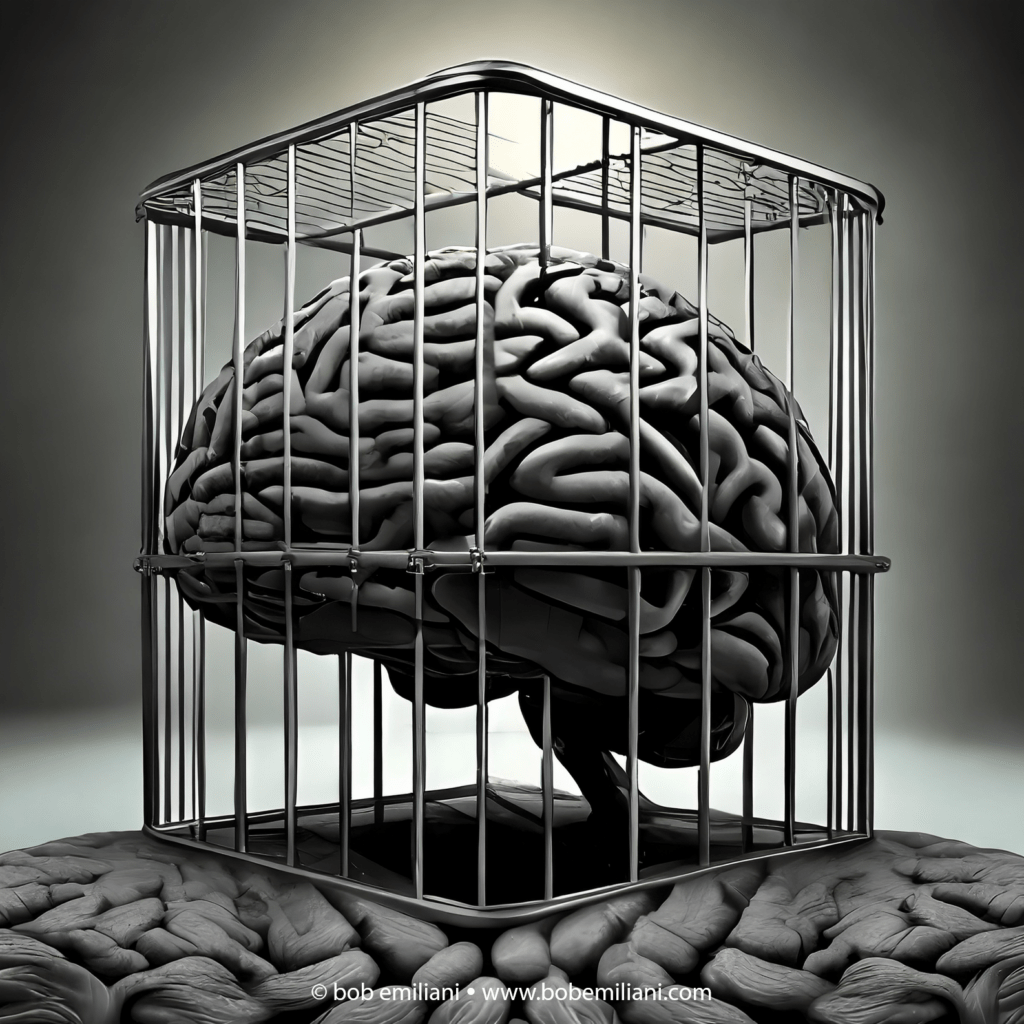
What are traditions? They are the stock of wisdom of our ancestors, handed down through the generations orally and by practice. Traditions are generally regarded as being useful or beneficial, a type of glue that binds people without which things would fall apart. Therefore, stability demands that traditions must be preserved and handed down, knowingly or not, in the purest form possible to succeeding generations. Tradition is seen as useful guardrails for social or technological change. As sociologist Douglas Dowd said:
What’s next is most likely to be determined by what is.
Traditions are part of “what is,” and therefore embedded in “what’s next” to greater or lesser extents. So while traditions are backward-looking, change can and will occur but it is nearly always within the bounds of the past. Overall, people’s minds are trapped by traditions. A tradition generated many centuries ago, in the specific context of that time, may no longer be useful or beneficial in our time, but we ignore that possibility.
With the narrow framing that traditions are always useful or beneficial, which most people readily accept, people are forever tied to the past of anywhere from 50 to 10,000 years ago. And the fact that a tradition is old inspires reverence to it, whether it is deserved or not. In some cases, those ties to the past are still relevant today, while others serve no purpose but to hold back social, political, and economic progress.
The inevitable result is a group of people who are satisfied with the way things (traditionalists) are and a group of people who are not satisfied with the way things are (reformers). That, of course, leads to conflict between the two groups. Generally, business leaders are traditionalists and Lean professionals are reformers, and that leads to conflict between mindset, methods, goals, and outcomes.
However, the great influence and control possessed by business leaders assures that most Lean professionals cannot break far from tradition. Hence, the tradition of classical management prevails but with the addition of some small reforms that fail to alter the network of underlying traditions and associated preconceptions. It recalls these words, again by Douglas Dowd:
History is strewn with the wreckage left by well-motivated individuals and groups,
shattered by forces they did not comprehend and could not control.
Tradition and progress need not be opposing forces. The challenge is to differentiate between archaic traditions whose time is past and must go and the need to establish new traditions that aid in reforms that are necessary because times have changed. For example, batch-and-queue production, long a tradition, generates lots of waste and many negative externalities. Flow production generates much less waste and negative externalities are fewer and less intense.
Yet the batch-and-queue production tradition remains the norm, aided by modern technology to marginally reduce waste and negative externalities. However, the batch-and-queue tradition cannot accomplish what flow production can. Given current and future environmental challenges, things cannot stay as they are, nor can the response to current questions be the answers of the past.
When the response to current questions are the answers from the past, strict limitations are imposed that tightly constrain the creativity needed to generate progress and the accompanying new traditions to pass on to succeeding generations. Consequently, traditions can be thought of as being the inspiration for either stagnation (status quo) or progress. In the latter case, a tradition that inspires competence for change, such as Toyota-style kaizen, serves the purpose of passing on the ability to further develop the traditions in ways that meet the challenges of the time. Thus, some traditions align with a progressive concept, one that facilitates innovation and development by future generations.
So what should happen, but often does not, is that deliberative thought should be given as to which traditions should be preserved and passed on as-is, and which traditions, new or old, should be passed on for further development. This is important because the former type of traditions are stagnation-oriented (unaltered) and cannot accomplish what the latter can do. So, rather than holding a dichotomous view of tradition, careful analysis of tradition can be a methodology for making needed progress that is in-step with the times. Maybe call it “Traditionology” — the study of traditions, whose goal is to uncouple tradition from its status-quo moorings without becoming disconnected from humanity’s civilized origins.
Lean thinkers are alleged to be scientific thinkers. Scientific training, formal or otherwise, develops the mind to think for one’s self and question things, including questions about traditions. Yet Lean thinking was long-ago was co-opted by business thinking, and so many (most?) Lean thinker’s ability to think scientifically and to question things has been degraded — though mostly through no fault of their own.
I would like to challenge Lean professionals to un-trap their minds by engaging in traditionology. The books below explore the various stagnant traditions that have led to lower-than-expected uptake of Lean management over the last four decades. It is within these books that you will learn the breadth and scope of stagnant traditions and hopefully discover points of leverage that can lead to the establishment of new traditions that facilitate needed reforms.

